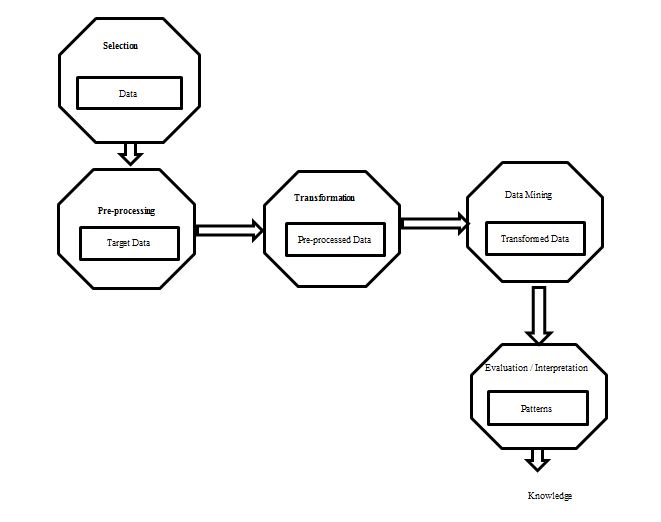Tips & Concepts Of The Knowledge Discovery Process In Cloud Computing
Best UK Dissertation Research Topics from Existing Recent Research Gaps in Computer Science Engineering Domain
The enormous amount of information generated in a day to day life due to the technological innovations and developments in wide areas like education, government, social media, business, healthcare, finance, etc. Thus the huge amount of generated data creates potential toward discerning useful knowledge from it. The cloud computing (CC) plays a major role to address both usages of data storage and computational of huge data, especially for mining and knowledge discovery applications (Talia, 2015). But, also it requires dealing with process of data in efficient and cost-effective manner (as low). The data mining (DM) concept is used for extracting useful data or patterns from huge database libraries like data marts, databases, extensible mark-up language (XML) data, data warehouses, files etc. Additionally, with regards to DM, primary stage is of Knowledge Discovery in Databases (KDD).
The DM methods include clustering, classification and association rule mining (ARM). The clustering approach is utilized toward discover structure and identify groups in unlabelled data. The classification method is a process of developing a unique model with regards to the classes which utilize data features. Also it allows categorization of new data into these predefined classes. The ARM process is used to discover rules amongst different items in large datasets (Birant & Yıldırım, 2016). Especially, ARM used for extracting the interesting relationships, general structures, correlations, frequent patterns amongst group of items during transactions (Birant & Yıldırım, 2016).
The process of extracting previously unknown data and reasonable hidden patterns in data is termed as Knowledge discovery in databases (KDD) (Fayyad, Piatetsky-Shapiro, & Smyth, 1996). The general process flow for knowledge discovery process is shown in figure 1 (Safhi, Frikh, & Ouhbi, 2019).
The process of extracting previously unknown data and reasonable hidden patterns in data is termed as Knowledge discovery in databases (KDD) (Fayyad, Piatetsky-Shapiro, & Smyth, 1996). The general process flow for knowledge discovery process is shown in figure 1 (Safhi, Frikh, & Ouhbi, 2019).

Source: Adopted From Safhi, Frikh, and Ouhbi (2019)
The general process flow of the knowledge discovery process is discussed as follows:Selection: This step focuses on a subset of data samples or variables or creating target dataset, on which discovery are needs to be performed.
Pre-processing: In this stage, comprises the data pre-processing, data cleaning toward obtaining reliable information.
Transformation: The data transformation is used for data transformation or dimensionality reduction methods.
Data Mining: In a particular representational form, this stages used on the searching for patterns of interest-based on the DM specific goals for instance predication.
Interpretation/Evaluation: This stage involves the evaluation and interpretation of mined patterns (Azevedo, 2018).
See also: Tips for developing secure cloud modelSee also: Secure Access Control Framework
See also: Secure And Flexible Management Policy
Recommendation:
- The user can minimize the execution time of DM methods through concurrently exploiting both scalable properties of CC and parallel programming approach. This might be use KDP with reasonable cost and accessible from anywhere that creates data management and storage easier.
- To deploy the secure cloud framework based on a private, public network that provides authenticated access to the system by effective cryptography approach. Also possible to expand this framework by integrating different DM techniques.
- The deep learning model will be an effective method for classification, prediction and learning process in a cloud database. This will enhance the system performance in terms of accuracy and execution time

